The Offerings of War
The Offerings of War is a bronze Equestrian statue by Gilbert Bayes commissioned for the entrance of the Art Gallery of New South Wales.
The Gilbert Bayes Trust was founded to advance the education of the public in the knowledge, understanding and appreciation of the works of art, in particular the sculptures, of Gilbert Bayes.
Gilbert Bayes was an esteemed and prolific British sculptor whose long career spanned the Arts & Crafts era, the New Sculpture Movement, and the Art Deco period. His work ranged from small scale medals and applied arts to monumental statues and architectural panels. He used a rich variety of materials and techniques including bronze, stone and marble and embraced new challenges with concrete, artificial stone, and ceramics.
Blending colour and form was always an important aspect of Gilbert’s sculpture and he used enamels and mosaic in the early years and glazed polychrome stoneware in the 1920s. One of Gilbert’s best-known public works is the Queen of Time clock combining bronze and ceramics on the façade of Selfridge’s department store in Oxford Street, London. Bayes was responsible for more public sculpture than any other artist working in Britain in the early 20th century yet he was equally successful in his memorial work for churches and his decorative designs for domestic settings.
Contemporary critics referred to his popular subject matter from fantasy and legend including his enchantment with medieval chivalry. Shaw Sparrow in The Studio of 1902 detected “A certain feeling of artistic gaiety and lightness of touch, a free handling of romantic and lyrical ideas, decorative animation. Bayes’ work is certainly never dull, it never bores you.” This held true throughout his career which culminated in an exciting community art project featuring fairy tales and nursery rhymes for St. Pancras House Improvement Society in the 1930s.

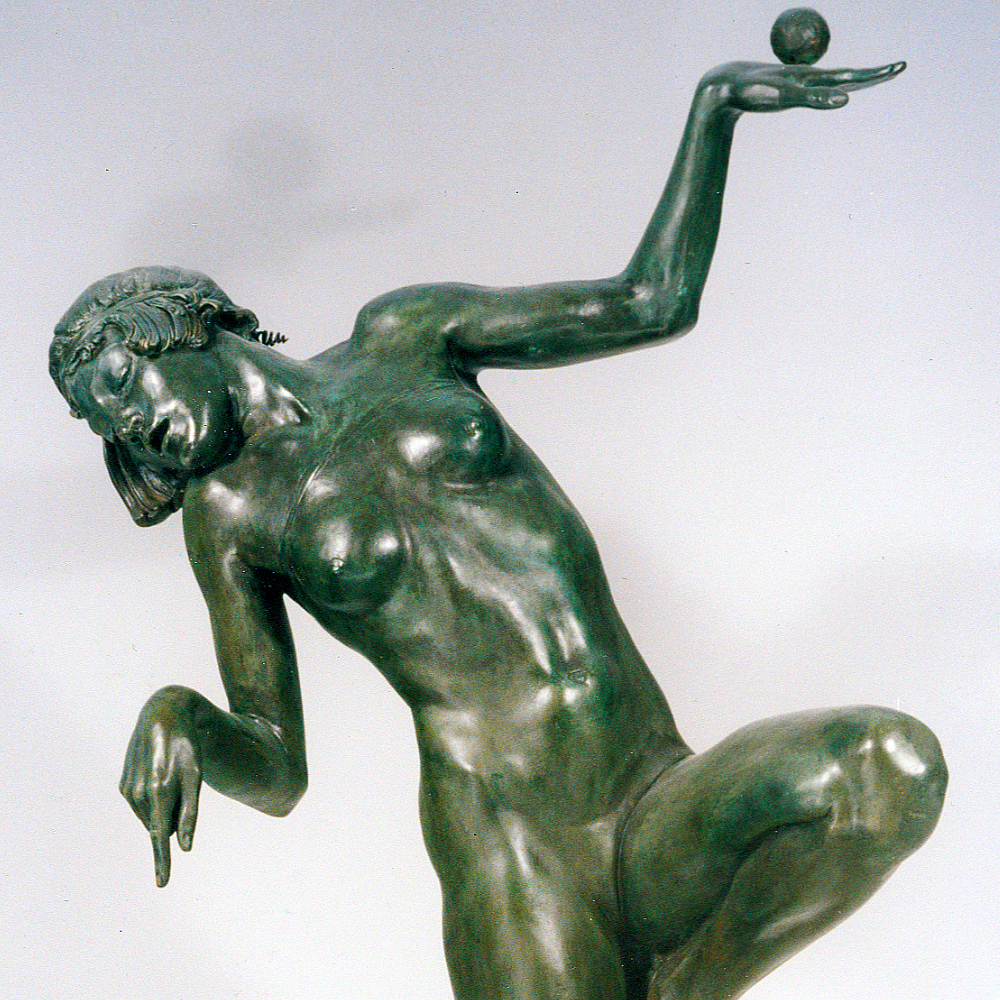
Garden figure, bronze, 1929
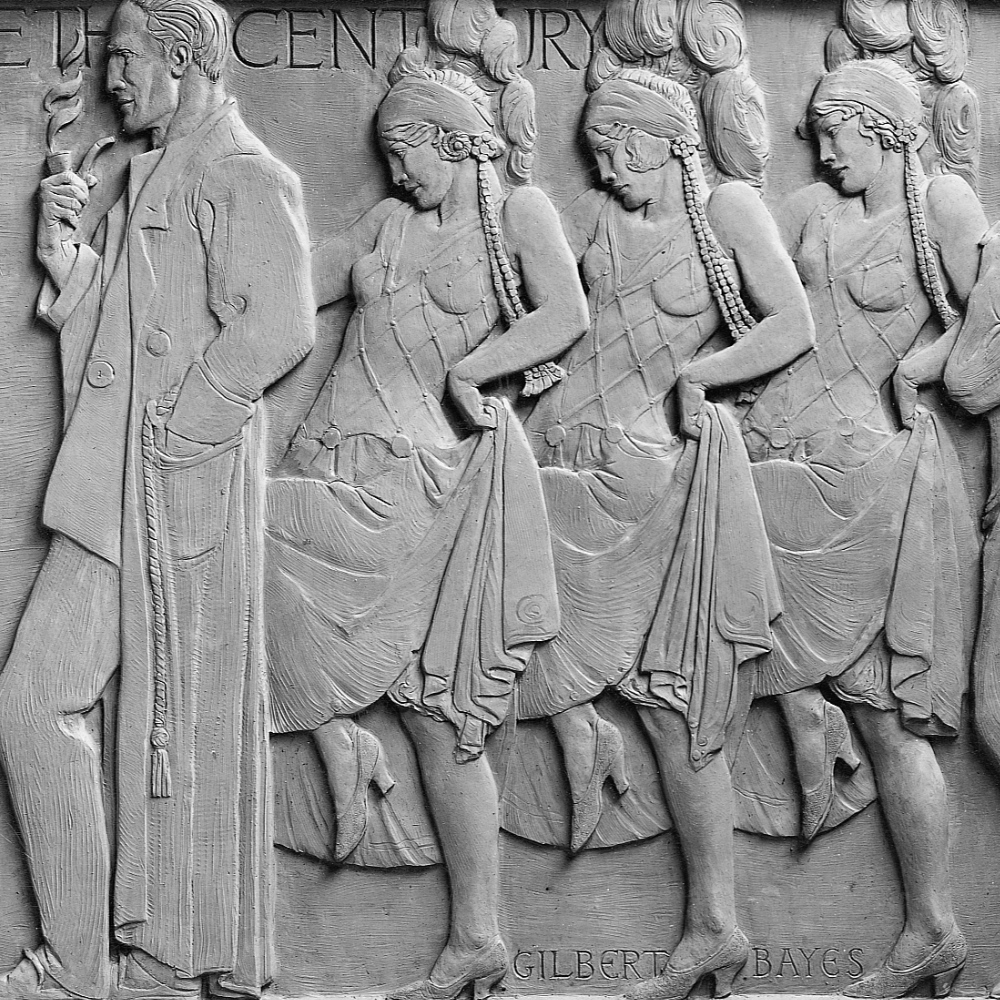
Full-size plaster for the twentieth-century section of the Saville Theatre frieze, 1930
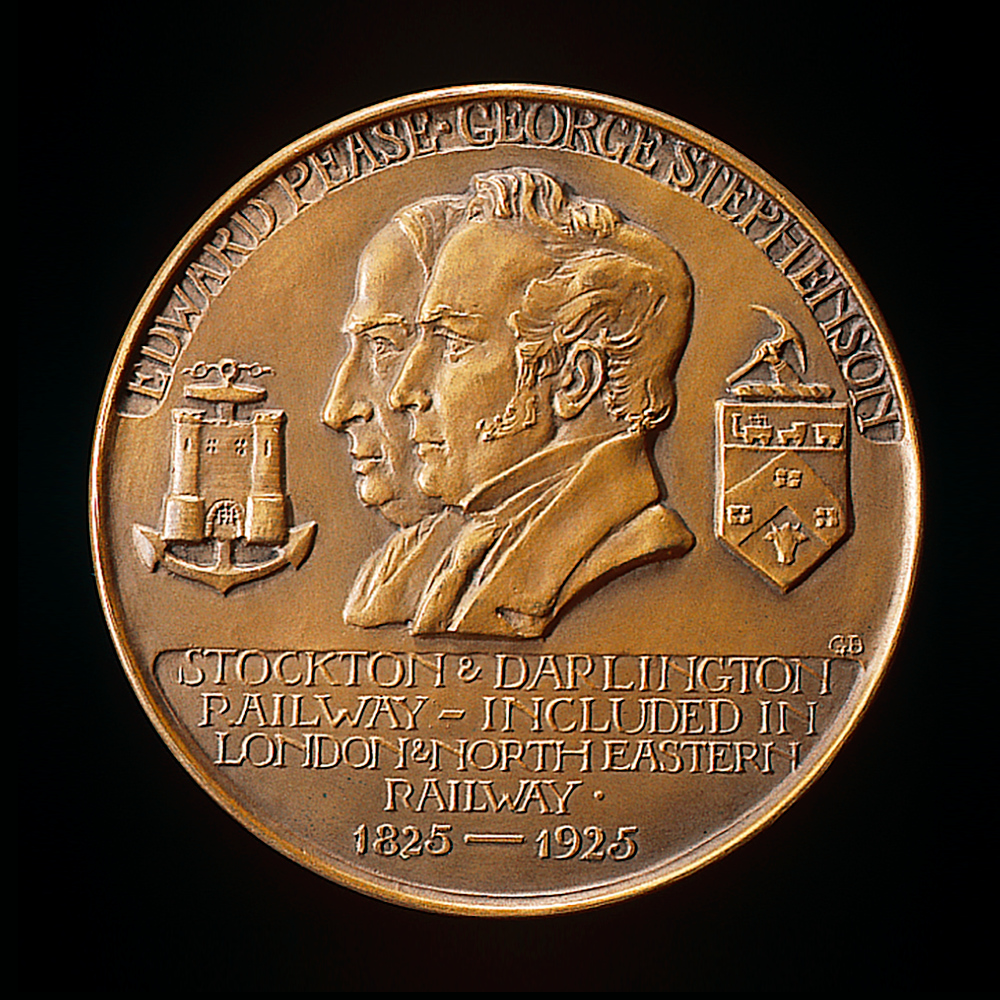
1925
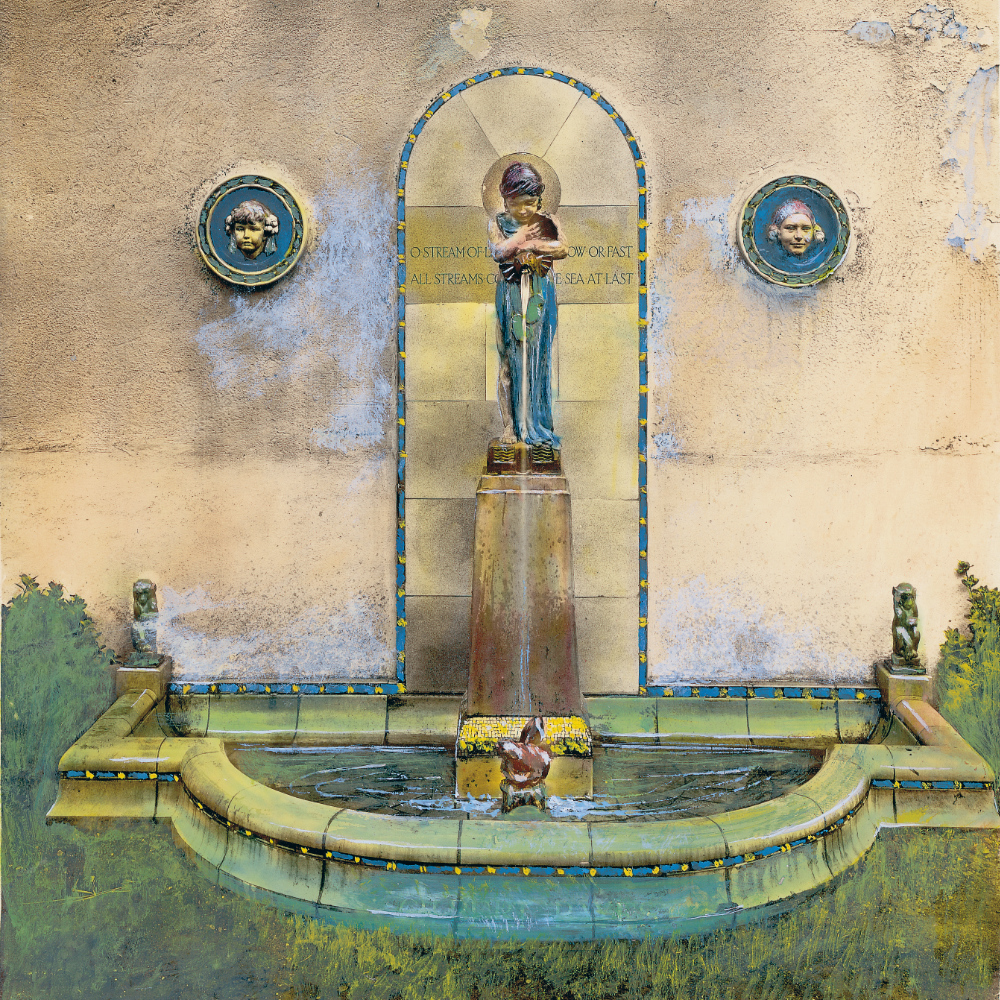
Hand-coloured concept by Bayes for a garden scheme, featuring the boy with Fish, or Blue Robed Bambino fountain, c.1928
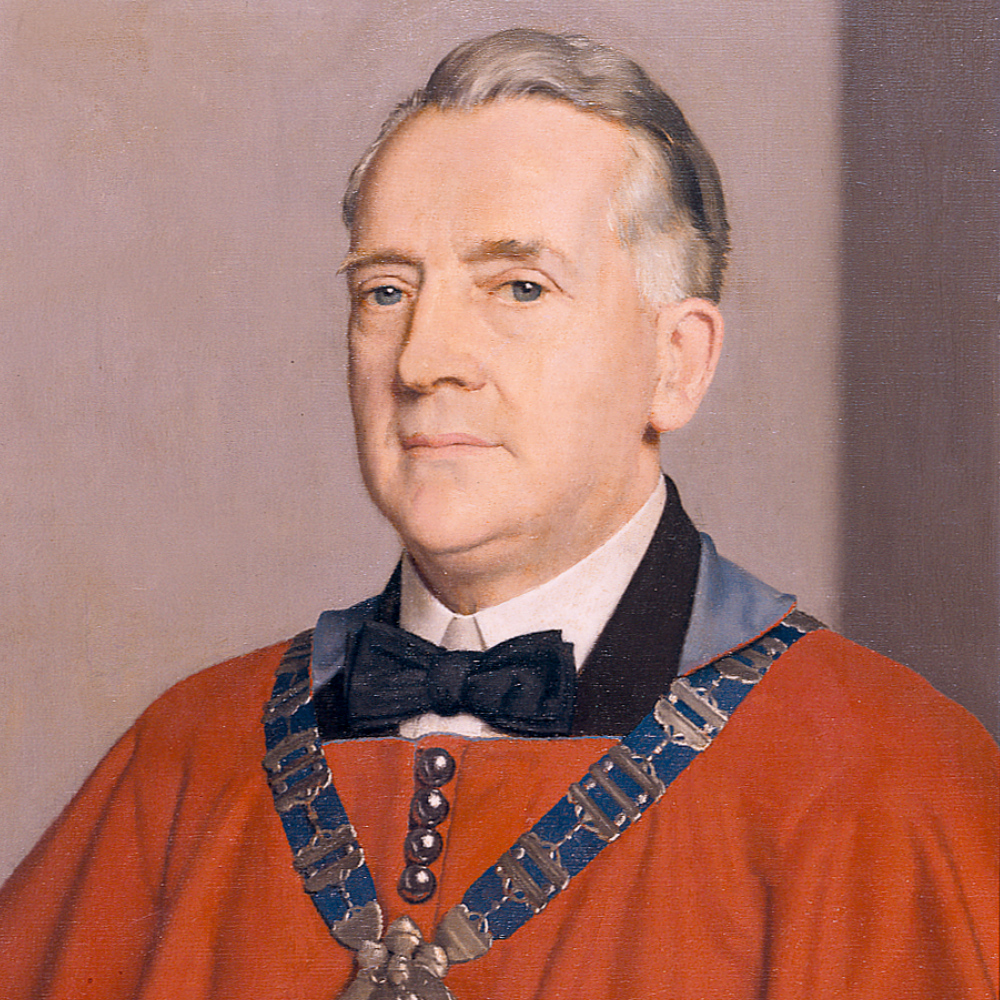
Painted by Meredith Frampton (Art Workers’ Guild)
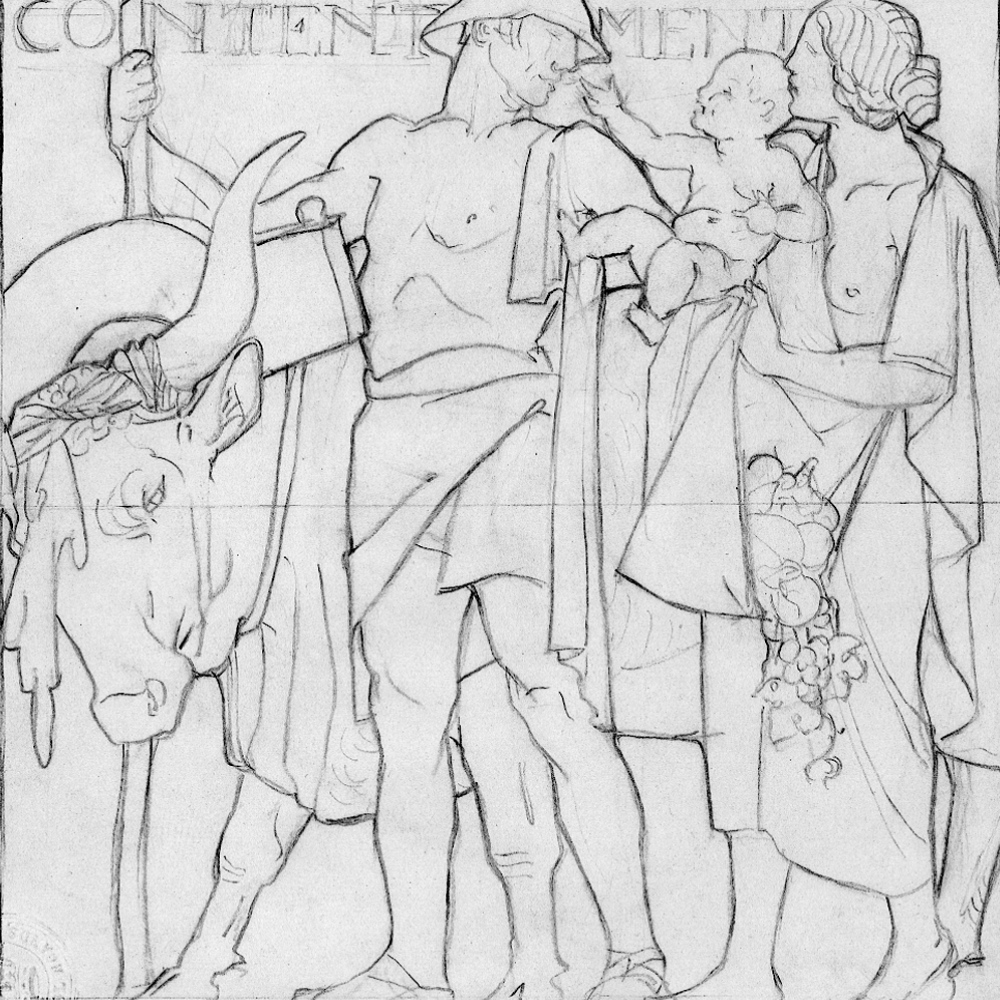
Drawing by Bayes for a Royal Bank of Scotland panel, 1935
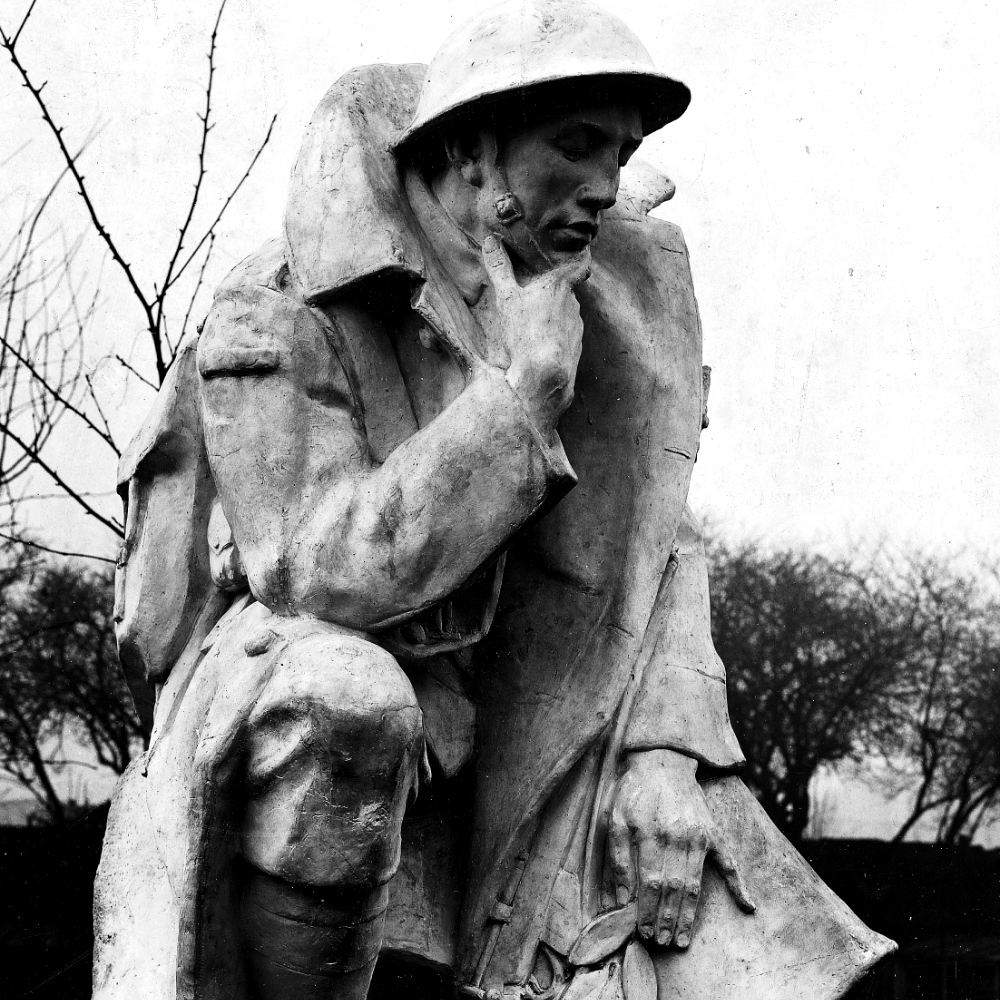
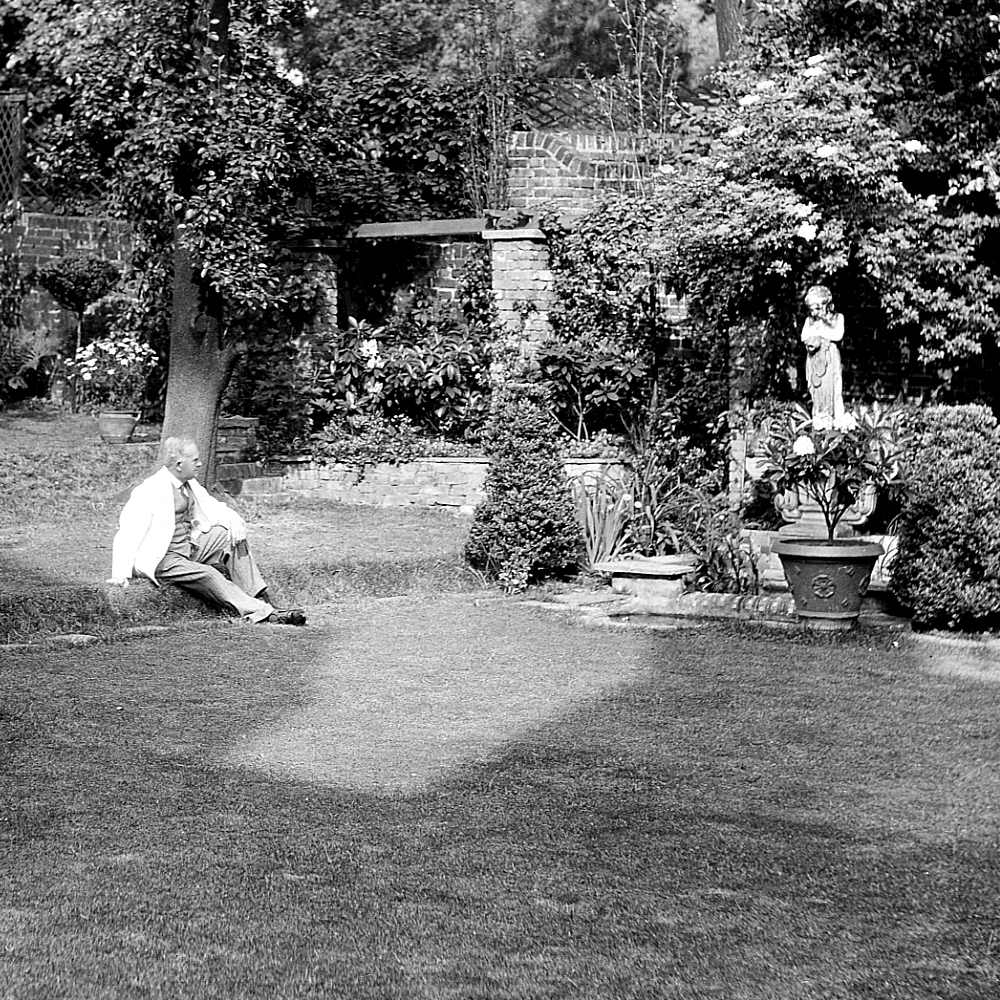
with the Blue Robed Bambino fountain, 1930s
The Segrave Trophy, which was named after Sir Henry Segrave, the holder of the world land speed record from 1927 until 1931 was instituted by the Royal Automobile Club in 1930.

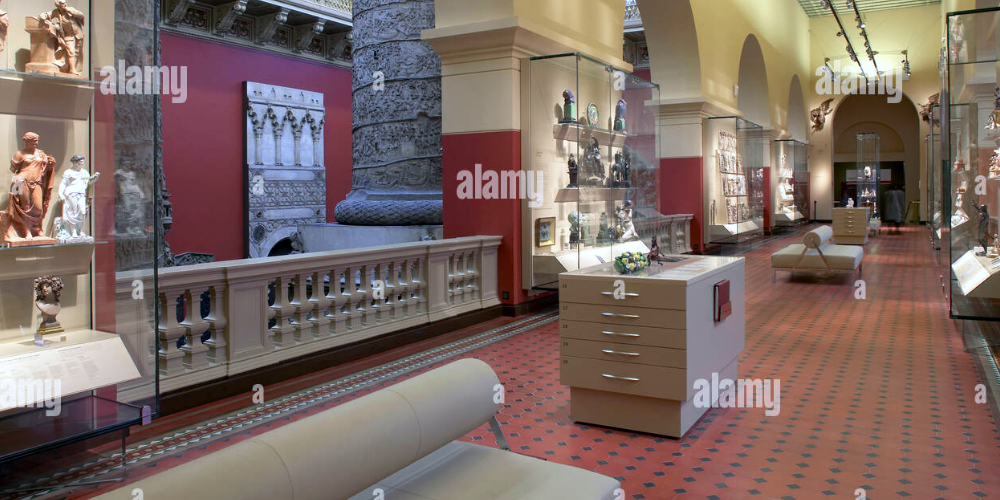
On 21 October 2004 the Gilbert Bayes Sculpture Gallery opened in the Victoria and Albert Museum, London. This was the result of a collaborative exercise between the Gilbert Bayes Charitable Trust, who donated the finances for the Gallery to be built and the V & A who designed the layout and provided the space for it to be built.
The Gilbert Bayes book, written and produced by Louise Irvine and Paul Atterbury, in conjunction with Peyton Skipwith and with additional contributions by Philip Attwood, Michael Barker and Benedict Read.

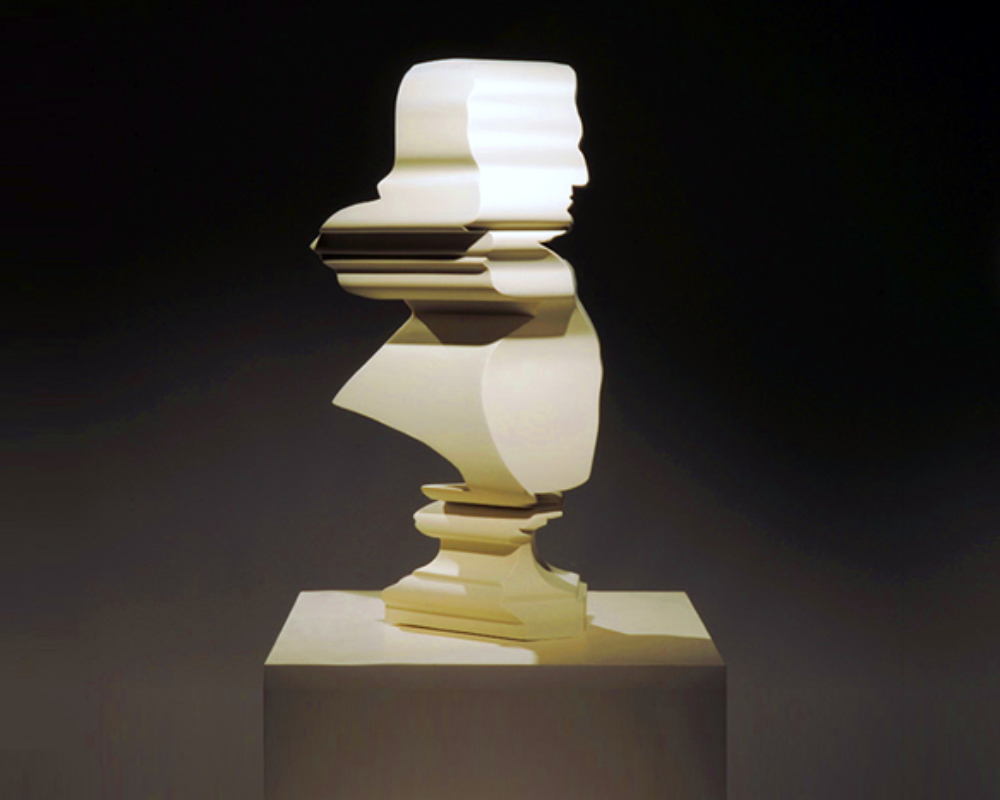
Scholarship awards of up to £1,000 are available from the Gilbert Bayes Charitable Trust for sculptors undertaking post-graduate work, to assist them in their studies on a first-come basis.
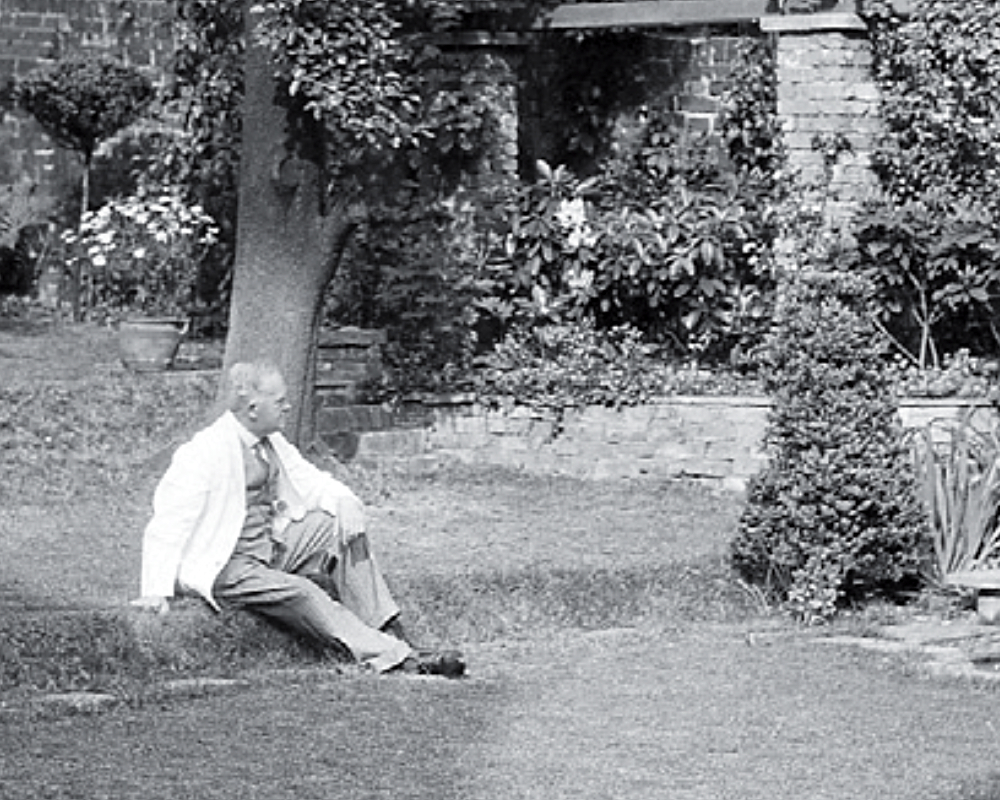
Gilbert's children, Geoffrey and Jean Bayes formed the Gilbert Bayes Charitable Trust in 1996. The objective of the Trust is to advance the education of the public in the knowledge, understanding and appreciation of the Arts and in particular the Art of Sculpture and the works of the said Gilbert Bayes.